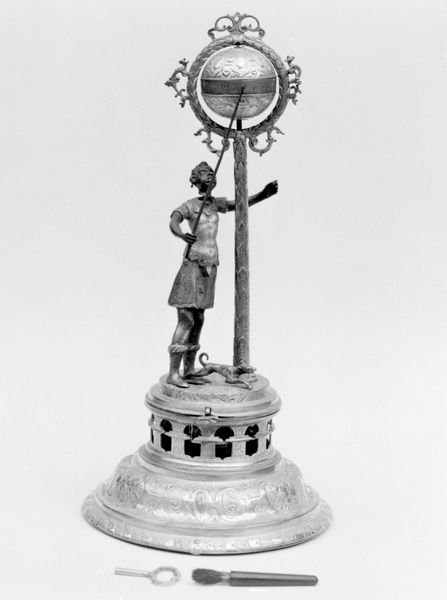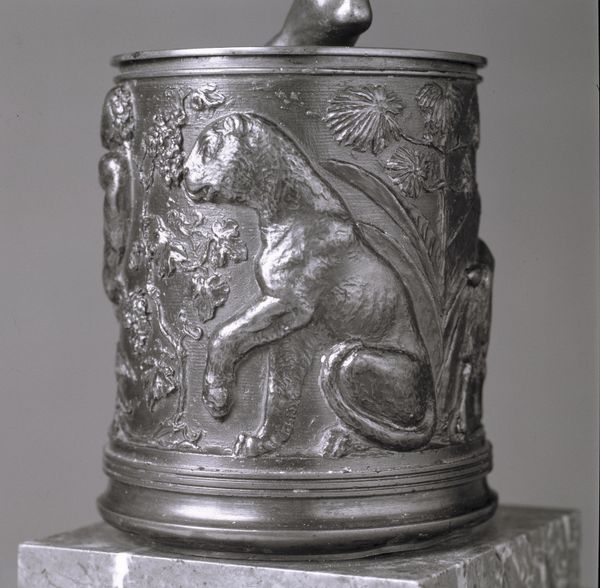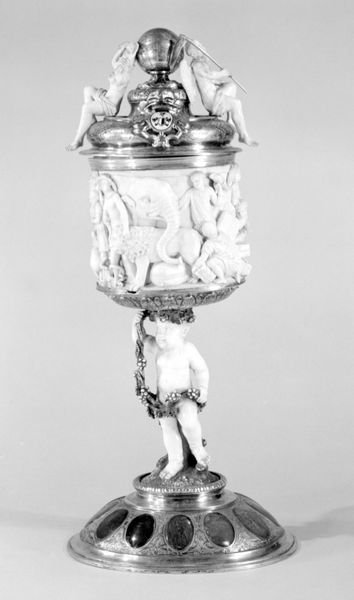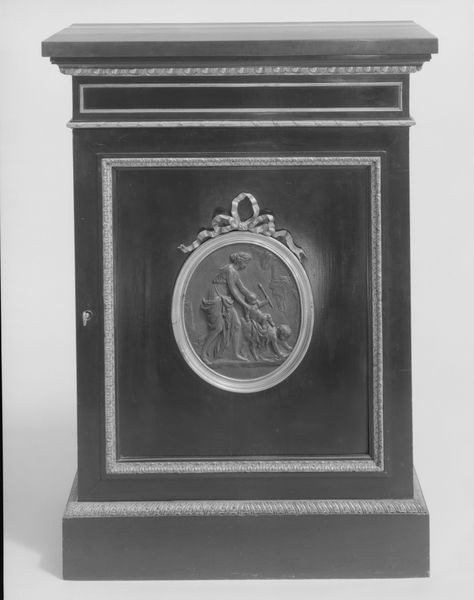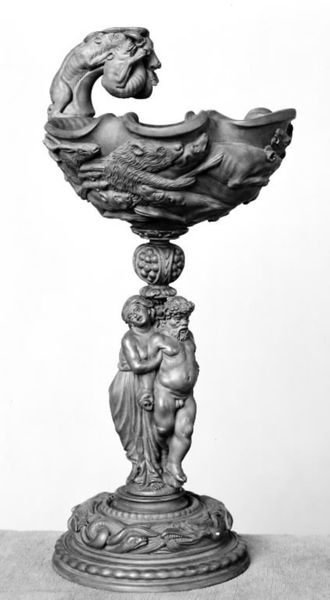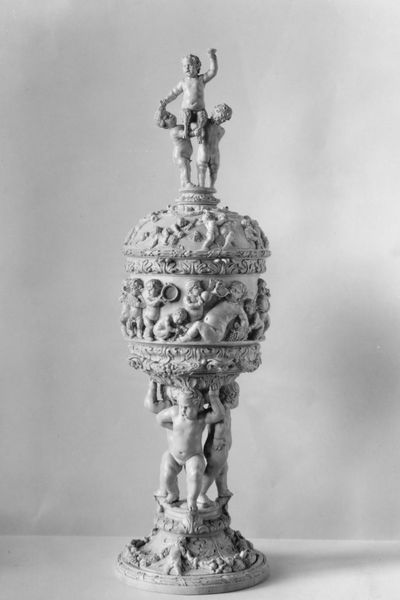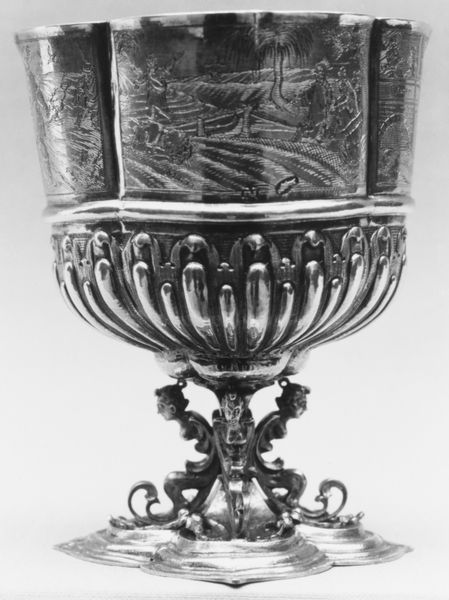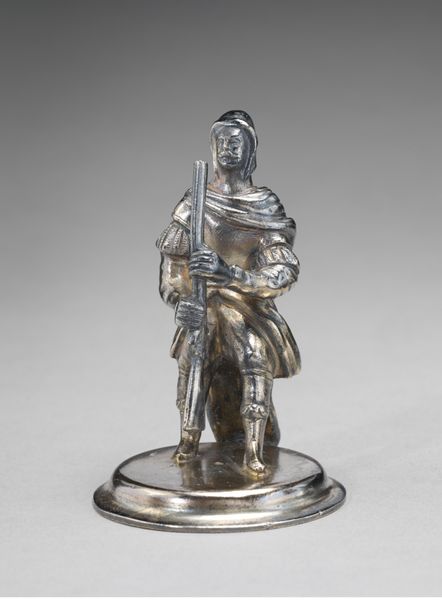
sculpture, marble
#
portrait
#
baroque
#
sculpture
#
figuration
#
sculpture
#
history-painting
#
marble
#
statue
Dimensions: 5.2 cm (height) (Netto)
Editor: This is "Lucrezia," a marble sculpture from 1664. It depicts a woman, draped in cloth, with her hand over her heart. It has an incredibly sorrowful, intimate quality. What do you see in this piece? Curator: I see a powerful articulation of trauma and the limitations imposed on female agency during the Baroque era. Lucrezia’s story is often interpreted as one of forced sexual assault and subsequent suicide as the only path to honor. We need to ask: whose honor are we really talking about? The artwork functions not just as a representation of female suffering, but potentially also a commentary on the societal structures that enable such violence and then dictate the terms of response. Editor: So you’re saying the sculpture isn’t just about her personal tragedy, but the whole patriarchal system at the time? Curator: Precisely. Consider the male gaze inherent in the act of creating and displaying this work. Who is meant to learn what from Lucrezia's sacrifice? Is it a cautionary tale about female virtue, or, perhaps more subversively, a condemnation of male aggression and its consequences? Think, too, about the performative nature of grief, especially for women in that era. Is her sorrow performative, deeply felt, or a little bit of both? Editor: That’s a really interesting way of looking at it. I hadn't thought about the performative aspect of grief or the implicit critique of power. Curator: Art often serves as a mirror reflecting not only the beauty of the human form or experience but also the darker aspects of social reality. And sometimes, by grappling with these difficult histories, we can learn a bit more about our current reality. Editor: This has really broadened my perspective on this sculpture and the complexities of interpreting historical narratives. Thank you!
Comments
No comments
Be the first to comment and join the conversation on the ultimate creative platform.


